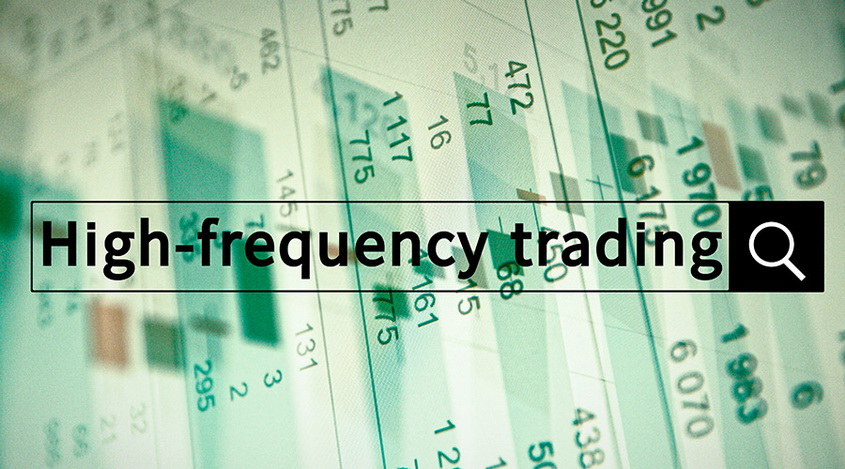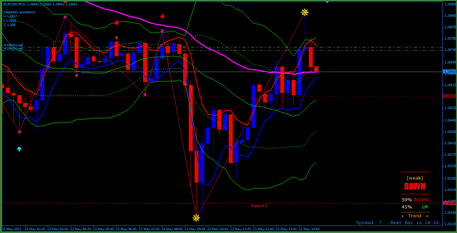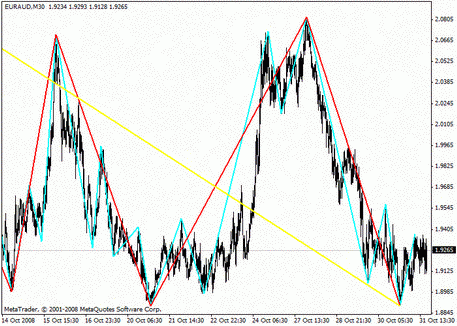
High-Frequency Trading
Friday, 21 July 2017 14:32
High-frequency trading is a relatively new trading method, used by many participants of the Forex market. The author of such an approach is Steve Swanson, who applied such a system back in 1989. Mr. Swanson wanted to predict the price movement in 30 seconds and created the world's first automatic trading system. While traders all over the world have been making the transactions by the telephone, he reduced the time of order processing to one second.
Principles of the High-Frequency Trading
The method is based on the auto-trading. Computer search algorithms provide the search for the successful moments for the transaction. The trader receives profit from the difference between the prices of purchase and sale, as well as due to a large number of orders executed. High-frequency trading involves the intraday trading, closing all the positions at the end of the working day.
This approach has become quite popular among the big traders, who have enough capital on their accounts.
Strategies for the High-Frequency Trading
There are three basic strategies of the auto-trading.
Liquidity Strategy
In this case, the trader pays particular attention to the liquidity of the assets and receives a profit from the spread. As you know, the spread can increase. It means that either bulls or bears dominate the market at this moment. At the same time, big players (market makers) support the liquidity of the market. To save the spread from sharp fluctuations, they check who is currently dominant in the trade.
If the market maker isn’t able to calm the market, he invests his capital, closing the demand, or supply. Therefore, they involve the high-frequency traders, stimulating their trade with additional bonuses. Given these circumstances, the latter is actively supporting the level of the market liquidity.
With the help of special software, high-frequency traders take on some of the market makers’ functions. At the same time, everyone benefits: market makers save the personal funds, auto-traders profit from the spread change, and other traders get the opportunity to buy and sell the assets quickly.
Statistical Arbitrage
This strategy is to determine the correlations between the primary and derivative assets. With the help of computer programs, the analysis of quotations is performed, and the moments of the maximum profit are identified. However, this method is applied only by individual credit institutions that have the necessary software and licensing.
Search for Liquidity
With this method of trading, a book of orders is analyzed, searching for the orders of the largest volume. Seeing the application, a trader can quickly identify a major player. Focusing on the prices of big traders, you can follow the trend steadily and open the positions along with them, getting a stable income.
Features of the High-Frequency Trading
Using such methods of trading, the most important is the processing speed of the applications. To ensure profit, it must reach thousandths of a second.
The application is sent to the broker, which compares it with the data received from the exchange. If the supply corresponds to the demand, the order is executed.
Information about all the applications (feed) is available for traders online. The FAST and FIX protocols are used generating the reports.
Usually, to ensure a high data transfer rate, traders use VPS-servers located near the exchange data center. So you can receive a feed with minimal delays. However, this advantage is controversial. There are some agreements between market makers and the exchange management. The first has a direct connection and can analyze the feed by 0.03 seconds earlier than other traders. Such a time difference provides a significant advantage.
Summary
High-frequency trading is slowly losing its popularity. The main drawback is that any computer systems are prone to the periodic malfunctions, which can lead to significant losses or a complete loss of the deposit.
This technique isn’t available for most traders, due to the high cost and technical requirements. However, market makers prefer automatic trading. Considering that in about half the cases a trader trades against a market maker, knowledge of the auto-trading specifics can save you from losses.
Share
Related articles
- Previous article: Time of Forex opening
- Next article: Grail Strategy on Forex - Basic Rules

 English
English
 русский
русский



